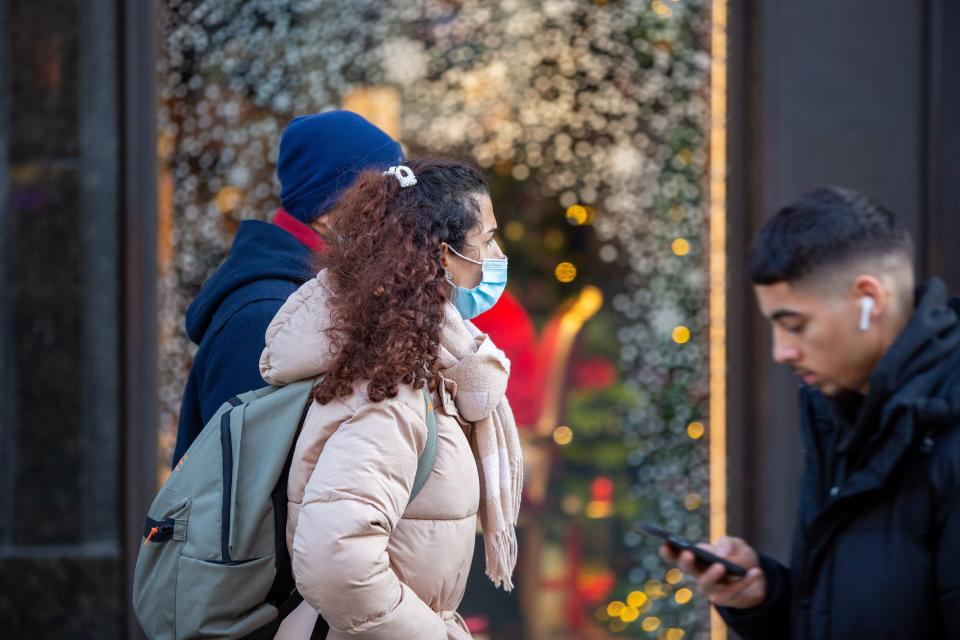Where Can You Get Lateral Flow Tests And When Should You Take Them?

By now, you will have (probably) done at least one lateral flow test. They’re needed in order to travel, plus to get into some venues and important events.
And thankfully, the rapid tests are free for most purposes except travel, where you’ll need to pay for private testing. Some work places will even provide lateral flow tests for free and expect you to take them regularly.
Lateral flow tests – also known as rapid antigen tests – are quick and easy to use. And with Christmas fast approaching, many of us will be using tests more frequently this month ahead of seeing vulnerable friends and family. So, here’s a reminder of how to access and use the tests.
Where can you get a lateral flow test?
If tests are available via your work, school, college or university this should be your first port of call.
For those who don’t have access via these routes, lateral flow tests are available via the NHS website and can be sent to your home. If you cannot use the online service, call 119 (free from mobiles and landlines). Lines are open every day, 7am to 11pm and can provide instruction in over 200 languages.
Pharmacies including Boots and Lloyds are also giving out tests for free, and some community centres and testing sites also stock lateral flow tests.
Each test pack contains seven tests, one for each day of the week, though you may able to collect two packs. More than one person can use the tests available in the pack.
When should you take a lateral flow test?
If you have Covid symptoms, you should do a PCR test, either at a local testing site or by ordering one to be sent to your home. But if you don’t have any symptoms, a lateral flow test is for you.
Lateral flow tests help to identify those who could be spreading the disease without knowing they have it.
The NHS website advises you to do rapid tests on days when you’re more likely to catch or spread Covid. For example, do a test before you:
Mix with people in crowded indoor places
Visit someone who is at higher risk of getting seriously ill from Covid-19.
Many workplaces pushing ahead with Christmas parties are also asking staff to test before mixing.
If you’re required to take a lateral flow for whatever reason, it should be taken no longer than 24 hours before the event. Any longer than that can mean you’ve picked up the virus in that time.
You can register the results of the test via the barcode on the test strip, which will send you the results through email and text. This is normally what you would show at the venue (as opposed to taking the strip with you to show a negative result).
How quickly will an infection show on a lateral flow?
If you’re at a busy event and want to test whether you’ve picked up a viral load the next day, it may be too soon for a lateral flow to pick up whether you’re positive.
This is because rapid antigen tests are less sensitive than PCR tests and require a higher viral load to record a positive result. Because of this, it’s possible to get a false negative from a lateral flow test – the tests often only identify people during their most infectious period (people are infectious two to three days before symptoms start to show and are most contagious in the first 10 days of catching the virus).
However, that doesn’t mean lateral flow tests are pointless. As the government website states: “They can find positive cases with high levels of virus that are easy to transmit to others, helping to intercept and reduce further infections.”
The best way to use lateral flow tests effectively is to ensure you’re testing often – especially if you’re socialising frequently this month.
And remember, if you’ve got Covid symptoms or you’ve been exposed to someone who has tested positive, you should order a PCR test through the NHS website.
This article originally appeared on HuffPost UK and has been updated.

 Yahoo News
Yahoo News 


